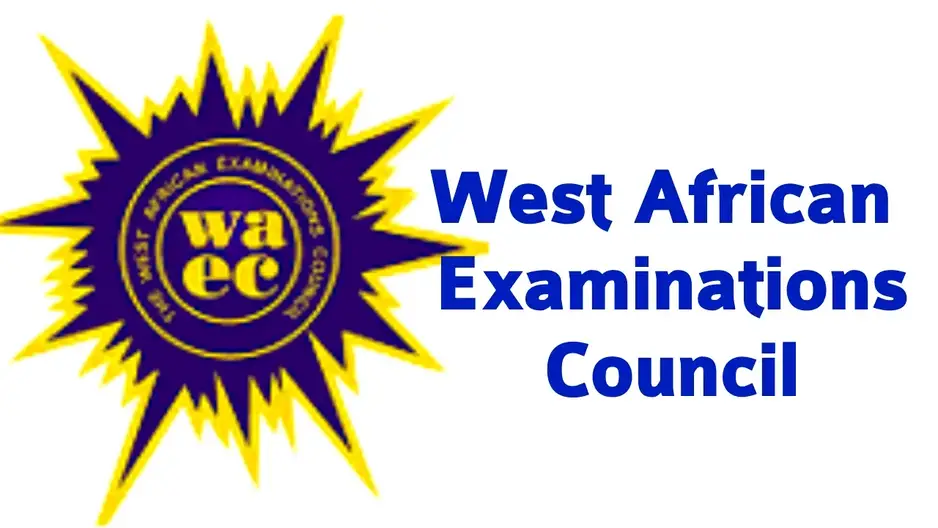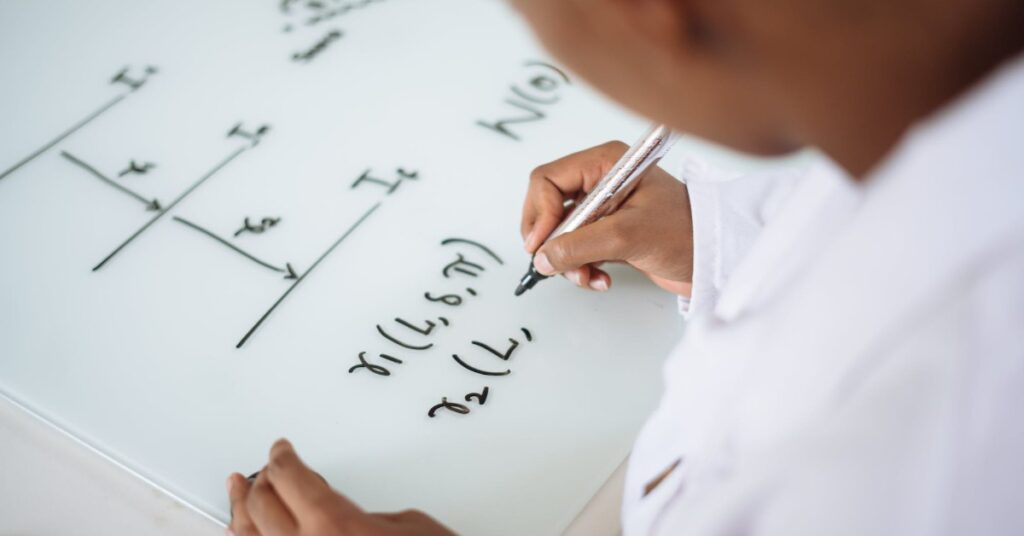
The WAEC syllabus for Physical Education is crucial for candidates preparing for the examination. It outlines the aims, objectives, notes, and format for the Physical Education exam.
Studying the Physical Education subject is essential for effective exam preparation. It provides a structured approach to the topics to cover and highlights key concepts to focus on.
Attempting exam preparations without referring to the Physical Education syllabus is like attempting farm work without the necessary tools. Productivity may suffer as a result.
It is imperative to kickstart your exam preparations by thoroughly reviewing the provided syllabus.
This post also includes recommended textbooks approved by the West African Examination Council (WAEC) to supplement your study of Physical Education.
WAEC Physical Education
The UNESCO charter on physical education and sports recognizes the inalienable right of every child to participate in physical activity irrespective of race, gender, religion and physical state.
Physical education provides opportunities for the acquisition of comprehensive knowledge, attitude and skills which stimulate individual and group consciousness.
Therefore, the content of this syllabus is designed as a functional programme for the promotion of the educational, physical and psychological health of the individual, to equip him with the appropriate skills, abilities as well as physical and mental competencies to live in and contribute meaningfully to the development of the society.
The syllabus will not only provide pupils with worthwhile skills needed for participation in physical activity, sports and recreational activities but also the potential carry-over value of healthful living.
This syllabus, an examination syllabus should be used in connection with the teaching syllabus because the examples mentioned herein should not be considered exhaustive but rather should be drawn from the pupil’s environment.
OBJECTIVES
The examination syllabus is designed to assess whether the candidates have acquired the following:
- the understanding of movement activities and the relationships between movement and concepts from biological, physical and social sciences;
- skills needed in basic motor activities, fitness, maintenance and self-awareness;
- an appreciation of the role of movement and physical activity in human development;
- the understanding of physical activity and exercise as tools for health and wellness promotion.
EXAMINATION SCHEME
There will be three papers, Papers 1, 2 and 3 all of which must be taken. Papers 1 and 2 shall be combined into a composite paper and will be taken in one sitting.
PAPER 1: This will consist of fifty multiple-choice questions lasting 50 minutes and carrying 50 marks.
PAPER 2: This will consist of four sections – Sections A, B, C and D which will cover questions on the following aspects of the syllabus:
Section A: Athletics, balls and racket games
- Section B: Foundation of physical education
- Section C: Basic human anatomy and physiology in physical education
- Section D: Sports administration and competitions
Section A will comprise three short essay questions out of which candidates will be required to answer two for 20 marks. Sections B, C and D will consist of two short essay questions each. Candidates will be required to answer one question carrying 10 marks from each of those sections. The paper will last1hour 20 minutes and carry a total of 50 marks.
PAPER 3: This will also consist of four sections: Sections, A, B, C and D, covering the following events:
- Section A: Athletics (Track and Field events)
- Section B: Ball games
- Section C: Racket games
- Section D: Gymnastics
There will be three questions in Section A out of which candidates will be required to answer two. Each question in the section shall carry 25 marks. In each of Sections B, C and D, there will be two questions out of which candidates will answer one (from each section).
Each question in Sections B and C will carry 20 marks while those in Section D will carry 10 marks each.
A maximum of 120 seconds (2 minutes) will be allowed for a candidate to respond to a call for performance during a practical examination.
WAEC Physical Education Syllabus
Principles and Philosophy of Physical Education
- Philosophy of Physical Education
- Principles and philosophies of founding fathers
- changes in concept of physical Education
- education of the physical and education through the physical
- Physical education ideologies
- nationalism and patriotism in physical education and sport.
national ideologies
- nationalism and patriotism in physical education and sport.
- Recreation
- Definition and importance
- Types of recreational activities
- indoor
- outdoor
- Recreational activities: Walking, jogging, swimming, cycling, playing musical instruments, table tennis, camping etc.
- Differences between recreational activities and lifetime sports.
- Intramural and Extramural activities and the tournament
- Definitions of
- intramural activities
- extramural activities
- Benefits of intramural and extramural activities
- Definition of tournament
- Types of tournament
- Definitions of
- Traditional sports in West Africa
- Origin of traditional sports in West African countries
- types of traditional sports in respective different West African Countries
- values of traditional sports
- Greek Festivals and The Olympic Games
- Greek Festivals:
- Usthman, Pythian, Nemean and Olympian
Ancient Olympic Games
- The modern Olympic Games
- Greek Festivals:
National and International Sports Competitions
- Sports Championship at national level
- organization and administration
- Types of championship
- national championship organized by different sports associations/federations
- national championship organized by corporate organizations
- the national sports festival
- Institutional sports
- the universities games
- the polytechnic games
- colleges of education games
- national school sports federation
- The All African Games
- history of All Africa Games
- reasons for disparity in the timing of the games
- history and activities of supreme Council of sports in African (SCSA)
- International Competitions
- The F.I.F.A World Cup
- The Olympic/Paraolympic Games
- Commonwealth Games
- All Africa Games
- world Athletics Championship
- World Swimming Championship
Basic Human Anatomy and Physiology in Relation to Physical Activities
- Skeletal System
- main parts and functions of the human skeleton
- bones and joints involved in movement.
- Nervous System
- the brain
- the spinal cord
- the nerves
- Circulatory System
- the hearts muscle
- effects of exercise on the heart
- the blood circulation
- function of blood
- types of blood circulation
- Respiratory System
- the trachea, lungs and nose
- the functions
- types of respiration
- aerobic and anaerobic sports
- Skeletal muscles
- major muscles of the body
- types of muscle contraction
- muscle cramp, cause, prevention and first aid.
- Somatotype
- description of the various body type
- relationship between body type and physical activities and sports
- Posture
- correct posture
- postural defects
The practice of Athletics, Games and Dance
- Athletics (Track and Field Events)
- Track Events
- Short distance races (sprints) 50m, 100m, 200m, 400, hurdles and relay races.
- Sprint start: bullet/bunch. medium and elongated
- Relay races
- hurdle events (high and low)
- middle race (800m, 1,500m,
- 3000 steeple chance cross country
- long-distance races (3,00m, 5,000, 10,000m) and marathon
- phases of running
- rules and regulations
- officiating
- Track Events
- Field Events
- throwing events: discus, javelin and shot put
- jumps: high jump, long jump, triple jump and pole vault
- equipment and specification
- techniques
- rules and regulations
- officiating
- Games
- Ball games
- football
- basketball
- volleyball
- hockey
- handball
- rules and regulations of each game
- Officiating.
- Ball games
- Racket games
- tennis
- table tennis
- badminton
- Specification of court/table of all games;
- types of equipment used;
- kills involved in each game;
- rules and regulations
- officiating
- Traditional dances
- dances from the regions of each country
- costumes for various dances
- types of traditional dance and dance step
Physical Fitness and Conditioning
- Physical fitness
- Definition of physical fitness
- Components of physical fitness
- Examples of health-related and performance/skill-related components of physical fitness
- Benefits of physical activity, exercise and physical fitness
- Health and Personal hygiene
- importance of health in physical education
- care of the body
- sportswear
Nutrition, Drug and Sports
- Nutrition
- classes of food nutrients
- balanced diet
- dietary consideration in sports
- Drug in sports
- meaning of drug
- types of drug
- drug use and misuse
- the effect of drug on sports performance
- Sports injuries
- Common sports injuries
- dislocation
- sprain
- strain
- fracture
- bruise
- cramp
- First aid and first aid box
- Special conditions and solutions that require first aid
- Sportswear
- Corrective and adapted physical education programme
- Definitions
- Categories of people with special needs
- Corrective exercise
- Activities for the special needs
- Social and emotional problems of the special needs: Heatstroke, heat exhaustion, drowning shock, fainting, muscle fatigue
Sports Administration
- Administrative structure/functions of sports at national, regional/state and local government level.
- Administrative structure/function of sports at institution level

